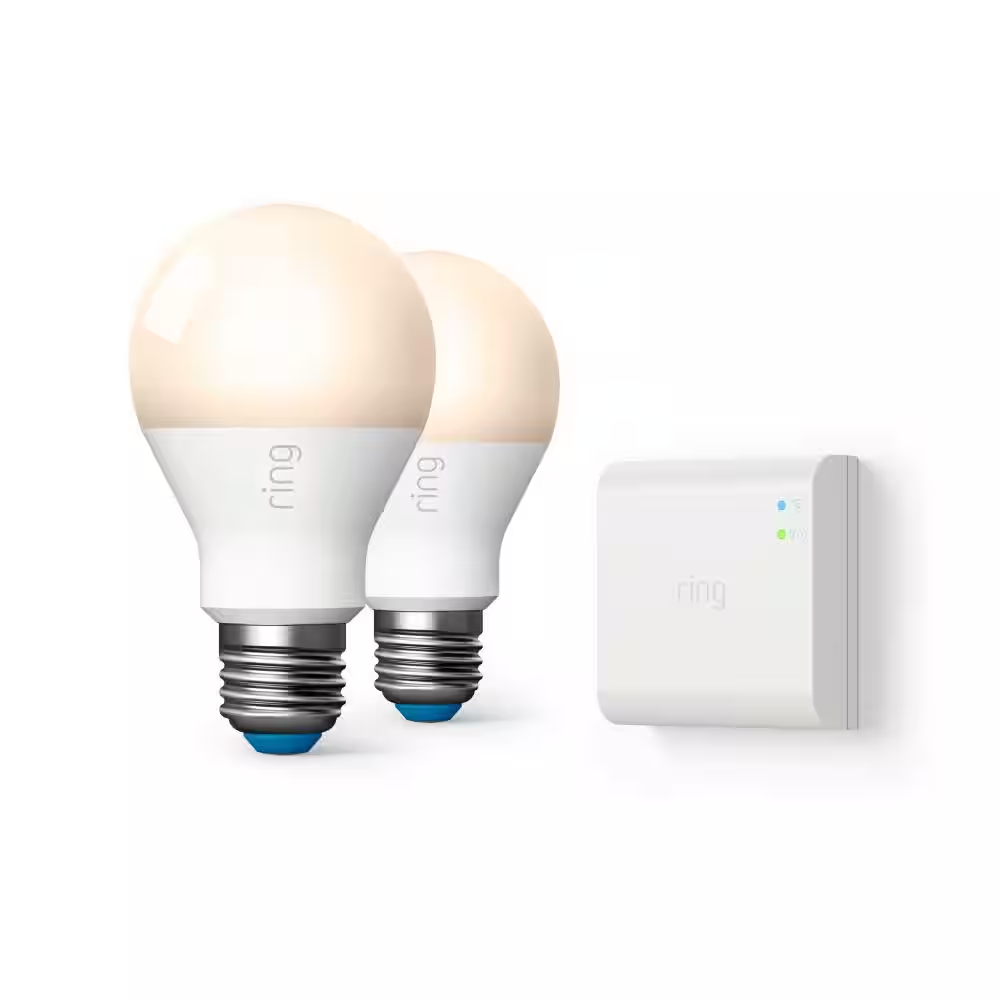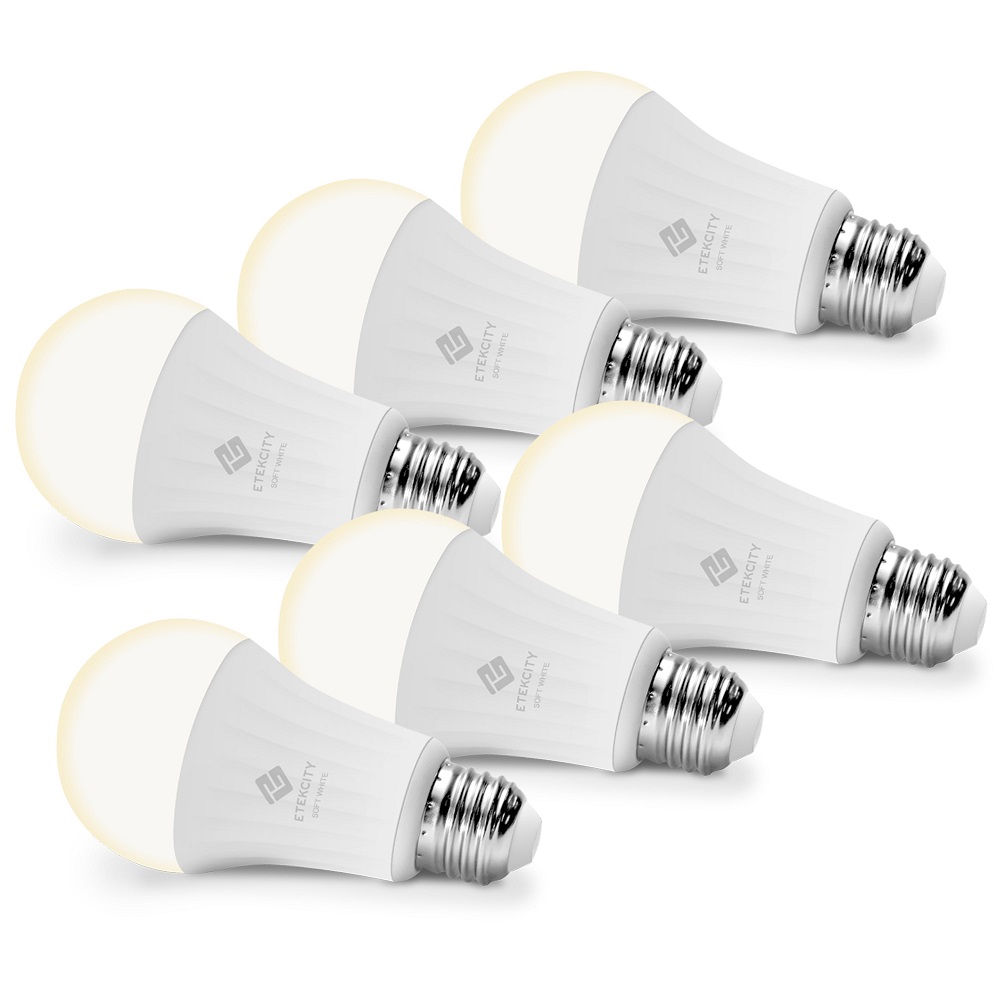Smart bulbs have rapidly gained popularity among homeowners looking to enhance their living spaces with modern technology. These high-tech lighting solutions offer convenience, energy savings, and aesthetic appeal. However, one of the most frequently asked questions about smart bulbs is whether they continue to consume electricity even when turned off. Do smart light bulbs use electricity when off? This article will explore how smart bulbs work, discuss their energy consumption patterns, compare them to traditional bulbs, and provide practical tips for using them effectively. Understanding these aspects can help you make an informed decision about whether to invest in smart lighting for your home.
What Are Smart Bulbs?
Definitions and Features
Smart bulbs are LED light bulbs equipped with advanced technology that allows users to control them remotely and customize their settings. These innovative lights support a variety of control methods, including smartphone apps, voice commands via digital assistants like Amazon Alexa or Google Assistant, and even integration into broader smart home systems. Key features of smart bulbs often include adjustable brightness, the ability to change colors or color temperatures, and programmable schedules for automatic operation. By using smart bulbs, you can create different moods for various situations—be it a warm glow for a cozy evening or bright white light for productive work sessions.
Additionally, smart bulbs often have the ability to sync with music or movies, providing a dynamic lighting experience that enhances entertainment endeavors. Some advanced models even offer energy usage tracking, allowing users to monitor their consumption over time and adjust their habits accordingly. Such features highlight the versatility and modern appeal of smart bulbs in today’s tech-savvy homes.
Types of Smart Bulbs
Smart bulbs come in a variety of types to meet different needs and preferences. Some smart bulbs are designed to fit standard fixtures, while others might be specifically designed for specialized light sockets, including PAR, GU10, or other forms. Many smart bulbs are also compatible with existing dimmer switches, allowing you to adjust illumination levels conveniently without replacing your entire lighting fixture. Popular brands often offer smart bulbs that can emulate daylight or create ambient lighting suitable for parties, quiet evenings at home, or any occasion that may require a specific atmosphere.
Furthermore, some models come with additional features such as motion detection or scheduling capabilities tied to sunrise and sunset. These variances provide a wealth of options for consumers, ensuring that anyone can find the perfect bulb tailored to their individual lifestyle and lighting needs.

Understanding How Smart Bulbs Work
Connection and Control
Smart bulbs operate through a connection to your home Wi-Fi network, facilitating communication not only with your smartphone but also with various smart devices throughout your home. Once you connect the smart bulb to your Wi-Fi, it can be controlled remotely from anywhere you have internet access. This capability means you can turn lights on or off, adjust brightness, and change colors from your tablet or smartphone app without physically being at home. Imagine being able to turn on the porch lights before you arrive home at night, creating a welcoming environment.
This connection also allows for integration with home automation systems, making it possible to create comprehensive routines that synchronize multiple devices. For instance, you can set specific tasks where your smart bulbs dim when your home theater system turns on, or they can automatically turn off when you leave the house. Such smart automation streamlines daily living, reducing the mental load of remembering to switch off lights or adjust settings manually.
Integrated Technology
Most smart bulbs utilize energy-efficient LED technology, drastically reducing power consumption compared to traditional incandescent bulbs. LED technology not only saves energy but also produces less heat, making them safer to use in enclosed fixtures. Each smart bulb integrates a microcontroller that governs its connectivity and functions. This technology enables features such as remote operation, energy monitoring, and scheduling—all of which contribute to a more efficient user experience.
The investment in smart bulbs often pays off through energy savings. By automating their usage and tailoring them to your routines, you can ensure that lights are only on when they need to be. In addition, smart bulbs typically have a longer lifespan than traditional bulbs, ranging from 15,000 to 50,000 hours, which means fewer replacements and reduced waste over time.

Do Smart Bulbs Consume Energy While Off?
Standby Power Consumption
When smart bulbs are “off,” many of them still remain in a standby mode to maintain their connection to your wireless network. This state allows users to control the bulbs remotely and streamlines automation tasks. While in standby mode, smart bulbs draw a small amount of electricity—referred to as “phantom load” or “vampire power.” Consequently, this minimal energy draw can contribute to your overall energy bill, albeit at a low rate. You might see standby consumption in the range of 0.5 to 1 watt.
This means that while smart bulbs do not consume the full power they use when actively on, they still add a slight drain to your electricity usage. Being aware of this energy consumption allows for better management of your overall energy expenses. For householders with multiple smart bulbs, considering the cumulative effect even minor standby usage can have is essential for ongoing energy savings.
Energy Usage Comparisons
To understand the significance of this standby power consumption, consider the comparative numbers. A standard LED bulb might typically consume about 10 watts when fully lit, whereas a smart bulb in standby might only draw about 1 watt or less. Though each smart bulb may seem to add an insignificant amount to your total power consumption, when multiplied over months or when a large number of smart bulbs are in use, the costs can accumulate.
For more precise analysis, think about how often and when you utilize these bulbs compared to switching to traditional lighting. If a household uses several smart bulbs regularly but keeps them on standby during off-hours, the cumulative costs could surprise many consumers. Evaluating your usage patterns and counting how many smart bulbs are installed can help in assessing whether the potential extra costs are justifiable or manageable.
Comparing Smart Bulbs to Traditional Bulbs
Energy Efficiency of Smart Bulbs
When evaluating energy consumption, it’s crucial to compare smart bulbs to traditional incandescent and standard LED bulbs. Incandescent bulbs typically consume about 60 watts or more for equivalent brightness levels. As a result, smart bulbs, which generally use between 8 and 12 watts when actively lit, offer massive energy savings relative to their incandescent counterparts. In fact, energy-efficient smart bulbs often provide the best balance between illumination levels and electrical usage.
Although smart bulbs may draw some electricity while in standby mode, their overall energy consumption remains significantly lower than that of traditional bulbs when in active use. This factor becomes really beneficial for households that want to reduce their energy bills while maintaining aesthetic lighting throughout their homes.
Lifespan and Replacement Costs
Another important aspect to consider when evaluating bulbs is their lifespan and replacement rates. Smart LED bulbs typically last between 15,000 and 50,000 hours, substantially exceeding the lifespan of conventional incandescent bulbs, which usually last around 1,000 hours. This impressive longevity means fewer replacement purchases over the years, contributing to long-term cost savings and less waste in terms of both material and energy.
As smart bulbs allow us to customize lighting according to our preferences and needs, their extended life helps offset the higher upfront costs compared to traditional bulbs. In the long run, considering both energy savings and lifespan, smart bulbs often provide better value, resulting in an appealing choice for consumers conscious of both their finances and environmental impact.

Maximizing Smart Bulb Efficiency
Scheduling and Automation
To minimize energy consumption and maximize efficiency, take full advantage of the scheduling features that most smart bulbs offer. You can set up smart routines that dictate when lights turn on and off based on your habits. For example, schedule your bedside lamp to turn on at sunset and automatically switch off at bedtime. The same goes for outdoor lights, which can be programmed to turn on at dusk and off at dawn, thereby ensuring that they are only on when actually needed.
Incorporating smart bulbs into various areas of your home allows you to optimize their use further. For instance, configuring lights to gradually brighten in the morning can create a more pleasing wake-up experience, while dimming them gradually in the evening prepares your body for rest. Leveraging such automation not only provides significant convenience to your daily routine but also helps conserve energy by ensuring that you always light your home according to your actual needs.
Smart Home Integration
Integrating smart bulbs into a broader smart home system can further enhance energy efficiency. By using voice commands through a smart assistant, you can quickly turn off multiple lights at once or manage different devices with ease. For instance, a simple voice command like “Goodbye” can turn off all smart bulbs and other connected devices, saving you the hassle of walking around the house to make sure everything is turned off.
Additionally, by configuring your bulbs to respond to motion detection, you can ensure that they activate only when someone is present, automatically shutting off as soon as the room is empty. These strategies not only enrich and facilitate your daily life but significantly streamline energy usage across your household.
Environmental Considerations
Reducing Carbon Footprint
Using energy-efficient smart bulbs not only lowers the electricity consumption in your home but also helps reduce your overall carbon footprint. Increased adoption of energy-efficient technologies like LED smart bulbs can collectively decrease the demand for power generated from fossil fuels, thus contributing positively to the environment. As the world grapples with climate change and environmental degradation, making sensible decisions in household energy usage becomes an essential endeavor.
Transitioning to smart bulbs sends a message about modernity and resilience in conserving our resources. By choosing to invest in energy-efficient technology, you are playing a part in the broader movement toward sustainable living and demonstrating personal responsibility regarding resource usage.
Supporting Renewable Energy
For those who have committed to renewable energy solutions, such as solar panels or wind energy, integrating smart bulbs offers additional capabilities for optimizing energy use in alignment with availability. For example, by scheduling your smart lighting to activate during daytime hours when solar energy is most abundant, you can maximize the efficient use of clean energy. This conscious decision helps you take full advantage of your sustainable investments while ensuring energy efficiency throughout your daily activities.
By decreasing reliance on the grid during peak demand hours, you’re contributing to a reduction in local carbon emissions. Adopting smart bulbs in a renewable energy configuration not only supports your sustainability goals but also contributes to the global effort to shift toward a greener future.
Are Smart Bulbs Worth It?
The question of whether smart bulbs use electricity when turned off leads to broader discussions about energy consumption and efficiency. While smart bulbs do incur minimal electricity usage in standby mode, their overall energy consumption remains significantly lower than traditional bulbs while providing enhanced convenience and functionality.
Through various features such as scheduling, remote control, and integration with smart home systems, smart bulbs offer a pathway to streamline your daily life while contributing to energy savings. The extended lifespan and reduced environmental impact make them an attractive option for those looking to optimize their lighting solutions.
Ultimately, if you seek to simplify your routine, save energy, and enjoy greater control over your living space, investing in smart bulbs is a wise choice. With modern technology enhancing your home, you’ll not only elevate your comfort but also support sustainable living practices. Embracing smart technology leads to a more energy-efficient and environmentally responsible lifestyle, ultimately benefiting both you and the planet.